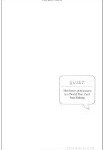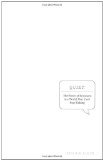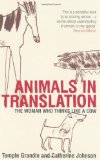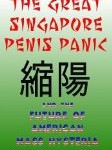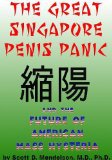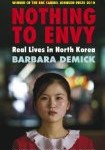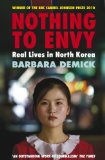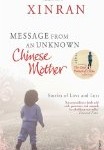Five words from the blurb: introvert, extrovert, divide, theory, society
Quiet is a book that analyses the way introverts are treated in America. It aims to raise the self confidence of quiet people and prove that they have a vital role in society.
In the book Susan Cain, a self-proclaimed introvert, explains how she conquered her fear of public speaking and embraced her quiet thoughtfulness to become a successful lawyer. The book combines her personal journey of self discovery with scientific research, but it was all easy to read and never got too technical.
But introverts seem to think more carefully than extroverts, as the psychologist Gerald Matthews describes in his work. Extroverts are more likely to take a quick-and-dirty approach to problem-solving, trading accuracy for speed, making increasing numbers of mistakes as they go, and abandoning ship altogether when the problem seems too difficult or frustrating. Introverts think before they act, digest information thoroughly, stay on task for longer, give up less easily, and work more accurately.
America is a more extrovert nation than the UK (apparently this is because many of the British extroverts had the confidence to leave and start new lives overseas) and so I didn’t recognise many of the scenarios mentioned. I think the problems faced by those in the UK are far more subtle and so although it was interesting (and scary!) to learn about the competitive socialising of the Harvard Business School it was leagues away from anything I’ve experienced.
There were some good sections about differences in the work place and the book contained enough little snippets of interesting information to keep me reading to the end, but I finished it having learnt nothing particularly ground breaking. There were also times when it veered away from the scientific focus that I love and became a bit of a fluffy self-help book.
After reading the book I was a little confused as to whether or not I’m an introvert as I share traits from both ends of the spectrum. I took the Guardian introvert test and discovered I’m an ambivert – I didn’t even know the term existed! Perhaps the extrovert half of me contributed to my lack of passion for this book?
Overall, this is a comprehensive study of introverts in America, but will probably be of limited use to those outside the US.

.
The thoughts of other bloggers:
Quiet is a worthwhile read for both introverts and extroverts – so the former can feel much more at home in their own skin and so extroverts can learn more about life on the other side of the divide. Medieval Bookworm
Even though there were dry parts, I still think this is a book worth reading. Chrisbookarama
I found the subject matter of Quiet, and the way in which the author presented it to be utterly fascinating. Bibliophile by the Sea
